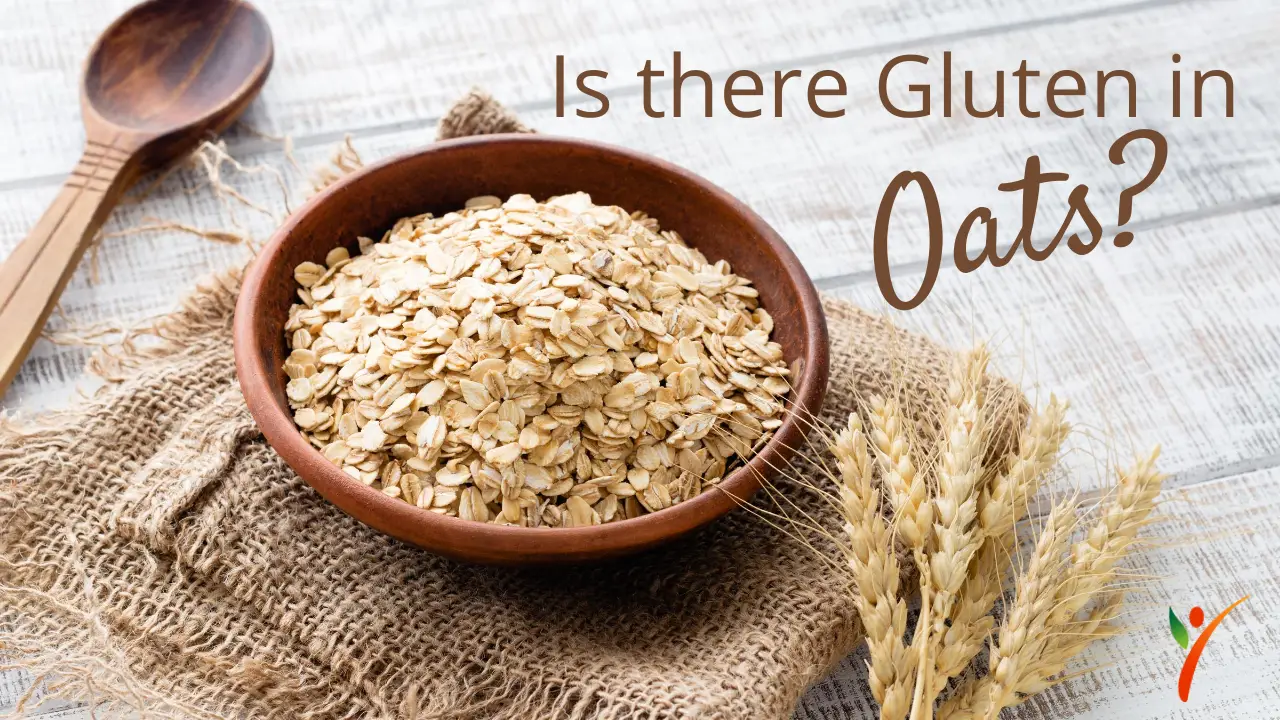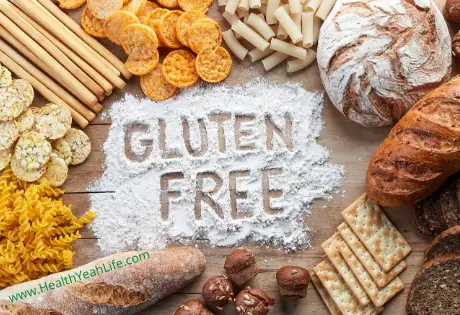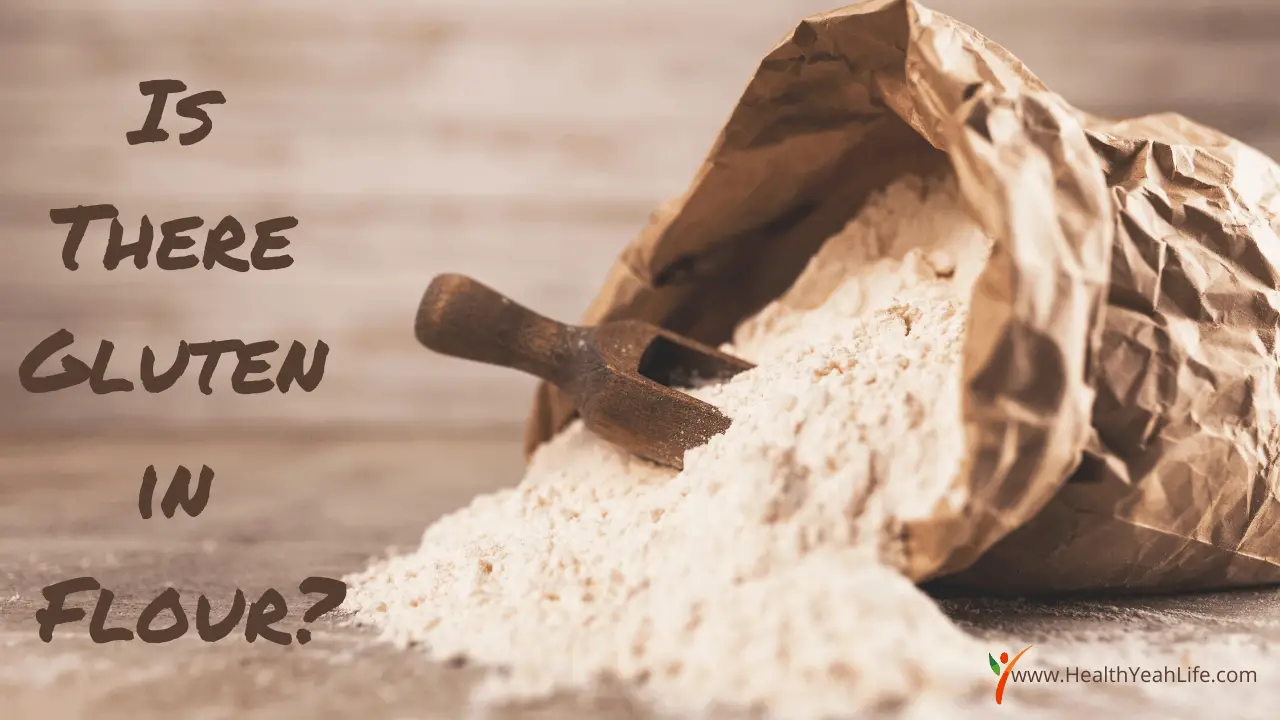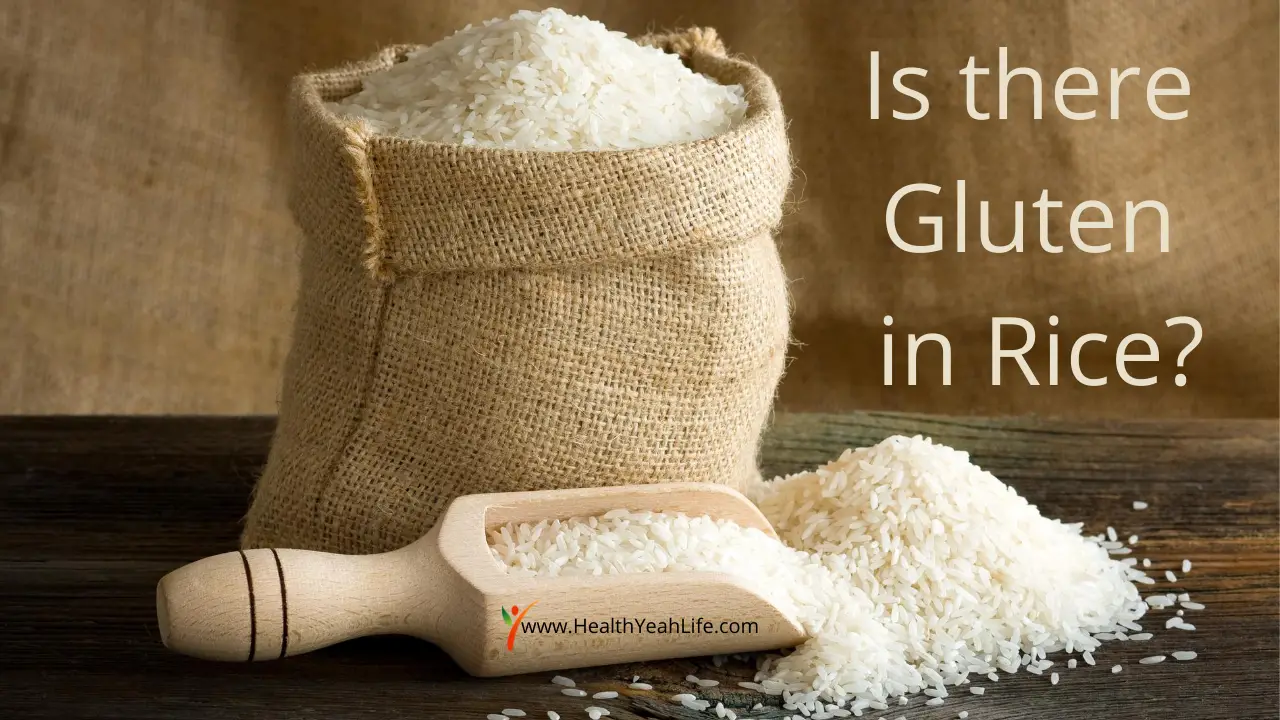Oats play an essential role in the traditional breakfast plan. Not only are they nutrition-packed, but also full of flavor. If you’re switching to a gluten-free diet, you might be wondering if you’ll have to leave this favorite grain behind? Hence, we’ve compiled a guide for everything you need to know about oats in a gluten-free diet.
What are Oats?
Oats (Avena Sativa) is usually considered secondary crops and are domesticated cereal grass. Oats are best cultivated in temperate regions. This is because they have lower summer heat requirements and higher rain tolerance than other grains. Oats are an annual plant and can be planted either in the fall (for late summer harvest) or in the spring (for early autumn harvest).
Additionally, oats are used in several different ways in the cooking dimension. Often they’re rolled into oatmeal or ground into fine oat flour. Although oatmeal is eaten primarily as porridge, it can also be used in a variety of baked goods. You can get your baking supplies together to make oatcakes, oatmeal cookies, and oat bread. Moreover, oats form an ingredient in many cold kinds of cereal, e.g., granola, and are even used as a substitute for milk.
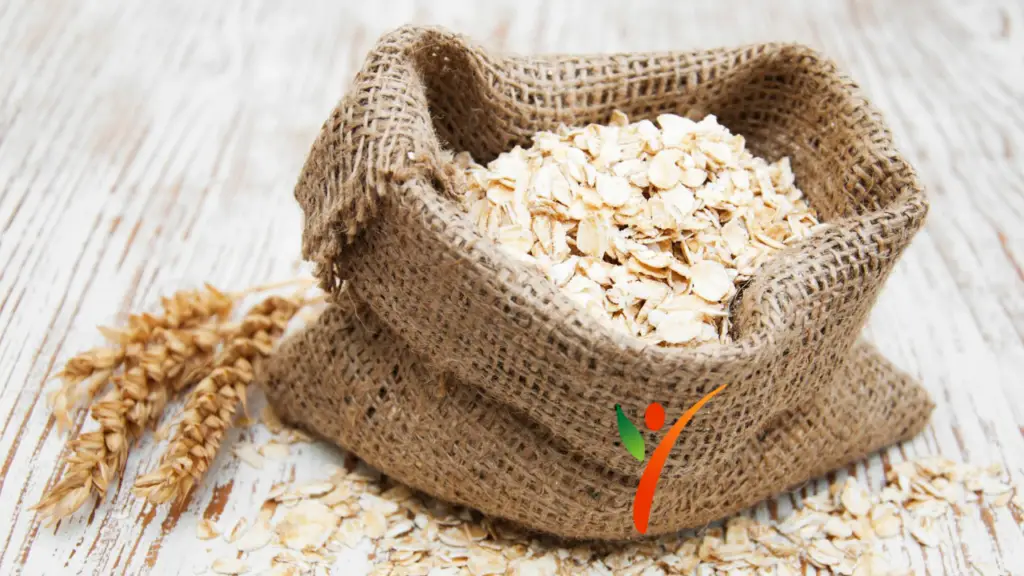
Types of Oats:
Yes, even oats have different types depending on how they’re made. Oats can mainly be divided into two types- rolled and steel-cut. Although, both types begin as whole oats (groat) from which the outer layer (hull) is stripped. This leaves the fiber-rich bran, endosperm, and germ home to vitamins and minerals, antioxidants, and healthy oils. Later on, the oats are either rolled from there or steel-cut. However, their impressive nutritional impact is kept intact in both manners.

- Rolling Oats- The whole grains are vaporized and rubbed flat with steel rollers to produce dried oats. The rolling process reduces cooking time. If you visit the store you’ll find three types of rolled oats:
- Old-Fashioned Oats: The whole grains are steamed, flattened, and then flaked. Enjoy as oatmeal, or add to your baked goods. Out of all three rolled oats, the one with the most texture is in old-fashioned oats.
- Quick-Cooking Oats: These oats are cooked, dried, cut, and then rolled into a thin layer to cook faster.
- Instant Oats: The oats are dried and fried before being thinly sliced and baked. If you’re the “get it done quickly” type of person, this might be your best go-to option. However, on the downside, they can be gummy or mushy at times. Read the instant oats label; if sugars, salt, and other ingredients are added to the mix, avoid them. This is because the additives can make them a less healthy choice.
- Steel-cut oats- Often called Irish oats or Scottish oats, they are not rolled. Instead, steel blades carve them into coarse nubs, making them feel like cut-up rice grains. However, these take longer to cook than rolled oats, and they have a much chewier texture. In addition to hot cereal, steel-cut oats are good candidates for stew and soup cooking since they absorb less water. They also make a great addition to meatloaf and can even be used in stuffing.
What Are the Benefits of Oats?
Experts have voiced their fear that certain essential nutrients may be deficient in people who adopt a gluten-free diet. Whole wheat provides an individual with essential nutrients such as carbohydrates, fiber, folate, iron, calcium, and vitamin B. People who reduce wheat and grains from their diet risk the chances of malnutrition due to lesser intake of nutrients. Moreover, this can also lead to eating more fats and sugar in the foods we substitute. Oats provide most of the nutrients found in whole wheat. That makes oats an excellent alternative to whole-grain for people with celiac disease or a general aim to avoid gluten.
Mentioned below are some of the benefits of oats:
- Antioxidant Supply– Oats contain antioxidants called avenanthramides, an almost exclusively occurring phenolic compound in oats. Avenathramides tend to have various effects on the body. Making the body create more nitric oxide reduces blood pressure, which relaxes the muscle cells in the blood vessels. They have properties that are beneficial for anti-inflammatory, anti-proliferative, and anti-itching. Also, they can help avoid a coronary heart attack, bowel cancer, and inflammation of the skin in this manner.
- Protein-Rich- Whole grains, such as oatmeal, provide vital nutrients such as protein. These nutrients may help minimize the risk of heart failure or strokes. Studies suggest fiber is capable of reducing constipation, decreasing the risk of cancer, lowering chances of heart diseases, and preventing diabetes.
- Reduction of Bad Cholesterol- Oats contain a type of beta-glucans known as fiber. These components may help lower total cholesterol and LDL, or “poor” cholesterol. High LDL cholesterol levels are linked to an increased risk of cardiovascular disease and stroke. According to a 2018 review, the antioxidants in oats, such as phytosterols, avenanthramides, tocols, and saponins, may also reduce cholesterol.
Are Oats Gluten-Free?

There are two types of foods that contain gluten:
- Crops that have it naturally (i.e., wheat, barley, and rye), or everything produced from such crops that is not explicitly treated for gluten elimination. For example, some products in Europe are supplied with gluten-free wheat starch, which has gluten removed.
- Foods that shouldn't have gluten but end up contaminated in their production at some point.
Oats can be placed in the second category, as they're often grown alongside or in rotation with wheat, then processed on machinery shared with grains that contain gluten. That is not a problem for the vast majority of farmers. If a few seeds get into your oats, they will not have a massive impact on the taste or texture.
Gluten is a protein present in maize, rye, barley, and triticale. The good thing is oats do not belong to any of these groups! However, gluten-sensitive individuals do need to tread with caution when eating oats. Due to the risk of cross-contamination, oats may also come with gluten in the packed product. For this reason, when buying oats, scan the labeling and go for gluten-free oats, preferably.
Oats are a balanced carbohydrate option, but their calorie and nutrient density can vary dramatically. This is due to the addition of ingredients and toppings a person adds to their oats. The best choices are steel-cut, raw, and unprocessed oatmeal since processing can reduce the nutritional content. The body digests processed oats faster, which may elevate blood sugar levels than unprocessed versions.
Recipe for Cooked Oatmeal
There are tons of healthy organic recipes you can use to cook up some oats for your diet. Here’s one recipe with oats that’ll satisfy your hunger cravings!
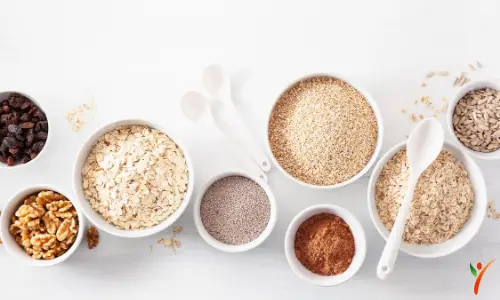
Layer 1 cup of oats and 2 cups of water in a saucepan to cook oatmeal, bring to boil, and simmer for 5 minutes, continuously stirring. Then top with the following ingredients:
- Chopped walnuts
- Dried fruit
- Cinnamon
- Yogurt
- Raw oatmeal
People can eat oatmeal raw because anti-nutrients such as phytates can decrease mineral absorption. First, soak the oats to make digesting easier and reduce the phytate content.
One idea to soak the oatmeal is:
- Take 1/3 of a cup of rolled oats and add 1/3 to 1/2 cup of low-fat milk, almond or soy milk.
- Add one-third of an unsweetened cup of greek yogurt.
- Add 1 cup of fresh berries or a small chopped banana.
- Sprinkle a teaspoon of chia seeds on it.
- Mix in cinnamon to taste.
- Leave to set overnight.
Check out our yummy Oatmeal Banana Pancake Recipe Here ——->>>>>
https://healthyeahlife.com/recipe/gluten-free-oatmeal-banana-pancakes
Final thoughts:
For people with celiac disease or who choose not to eat gluten, oats can be healthy alternatives to cereals. They can contain fiber and other nutrients not present in other foods. Oatmeal is safe for eating for most people with celiac disease. However, there might be a chance of contamination of gluten with some oatmeal and premade oatmeal products. Furthermore, some people's immune system can respond to gluten-like oat protein. People with celiac disease, an aversion to wheat, or other digestive disorders will want to speak to a doctor or dietitian before adding oatmeal to their diet.
Live Extraordinarily!

The owner of this website, HealthYeahLife.com, is a participant in the Amazon Services LLC Associates Program, an affiliate advertising program designed to provide a means for sites to earn advertising fees by advertising and linking HealthYeahLife.com Review to Amazon properties including, but not limited to, amazon.com.
If you are just starting your journey to a gluten-free diet, check out our beginners guide here ——>>>>> https://healthyeahlife.com/introduction-to-gluten-free-living

